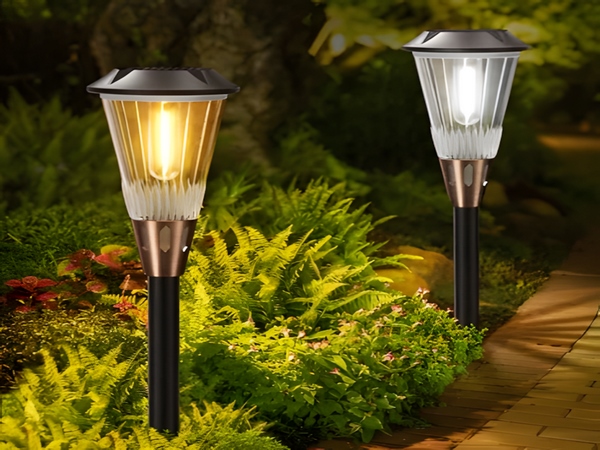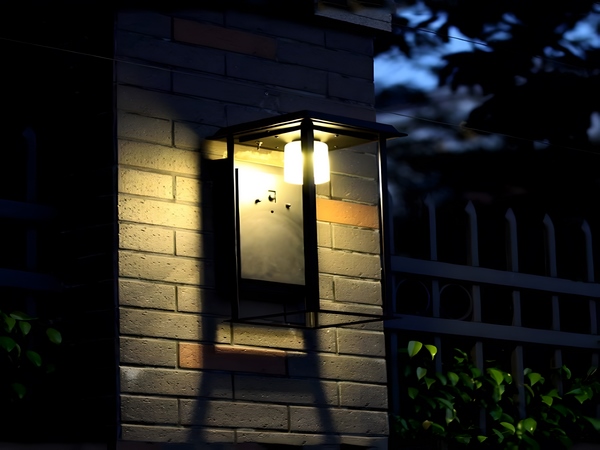Rural solar street lights are something we are all very familiar with. Nowadays, many rural areas have installed solar street lights. These lights have brought great convenience to our lives as villagers; we no longer need to walk in the dark at night, and we can go out for a walk or dance after dinner. So how should we choose rural solar street lights? The following article will address this issue.
How to choose rural solar street lights?
1. Choosing the height
The height of rural solar street lights varies, and the thickness of the Q235 galvanized pipe also differs accordingly, affecting the price. Common heights for rural solar street lights include 6 meters, 7 meters, 8 meters, 10 meters, and 12 meters.
Generally, rural areas will choose street lights with heights of 6 to 8 meters, with a typical thickness of 3.0 mm. As long as the foundations are properly prepared and have a certain wind resistance, options include 2.75 mm, 3.0 mm, and 3.2 mm, with corresponding price increases. In places like residential complexes, four-lane roads, two-lane roads, and rural roads, selecting rural solar street lights of 6 to 8 meters and 3.0 mm to 3.2 mm is sufficient.
2. Choosing the parameters
Rural solar street lights are categorized by the wattage of the light source, the size of the solar panel, and the capacity of the lithium battery. Common wattages for rural solar street lights are 20W, 30W, 40W, 50W, 60W, 80W, and 120W. Generally, higher wattage street lights are used in cities with six-lane and eight-lane roads, typically with heights of 9 to 12 meters.
Different manufacturers have fixed specifications for light sources, batteries, and solar panels. You cannot choose a 30W solar street light while attempting to use a 60W solar panel and battery; this would lead to waste of resources. If you opt for a higher wattage light source and aim to save costs by using smaller solar panels and batteries, this could result in insufficient charging during the day or overcharging, leading to inadequate lighting at night or on rainy days, significantly impacting user experience.

The brightness requirements in rural areas are not very high; generally, lighting the road surface is adequate. The duration of the lighting is also not very long, typically from 6 PM to midnight, with lighting duration generally being 4 to 6 hours. For rural areas, the advantages of using solar street lights are even more apparent.
3. Choosing the battery

Common battery types include gel lead-acid batteries and lithium iron phosphate batteries. Previously, lead-acid batteries were more commonly chosen, but they are heavy. For convenience and safety, these batteries were often buried beside the street lights. However, after a period post-installation, many batteries were reported stolen. For this reason, lithium batteries have emerged as a compact, convenient, quick, and energy-efficient option, capable of being fixed underneath the solar panels, which enhances safety.
4. Choosing the manufacturer
It is essential to purchase rural solar street lights from specialized manufacturers. The manufacturer should possess qualifications and all necessary product testing reports to ensure product quality and after-sales service. Additionally, consider the scale of the manufacturer; larger manufacturers tend to have better resources and more complete production processes. They utilize precise instruments to test raw materials and filter out those with insufficient power or defects, thereby significantly improving the quality of each product.
This concludes our sharing on how to choose rural solar street lights. We hope this article is helpful to everyone. If you have any questions, feel free to leave a message, and we will respond as soon as possible.

